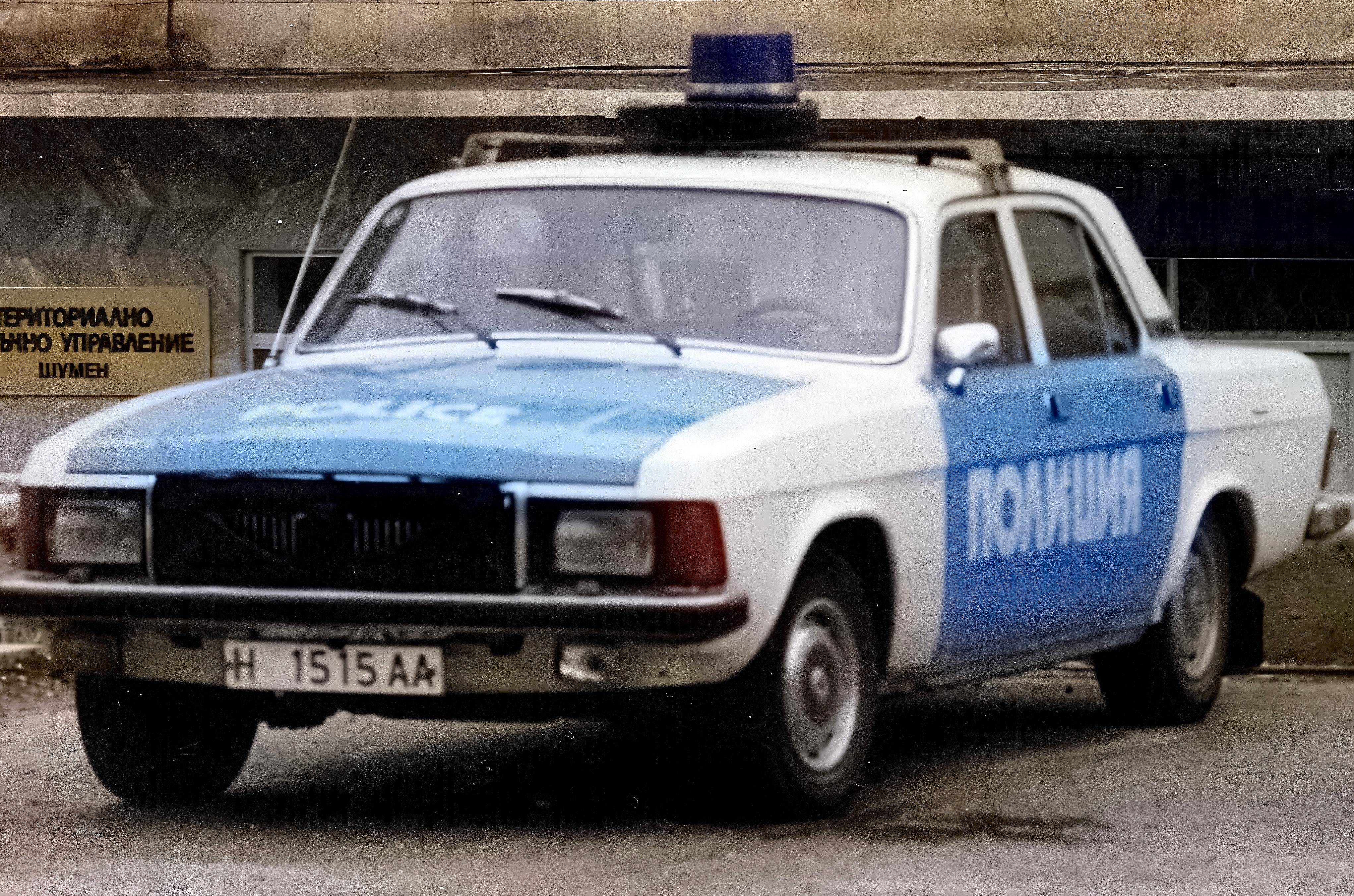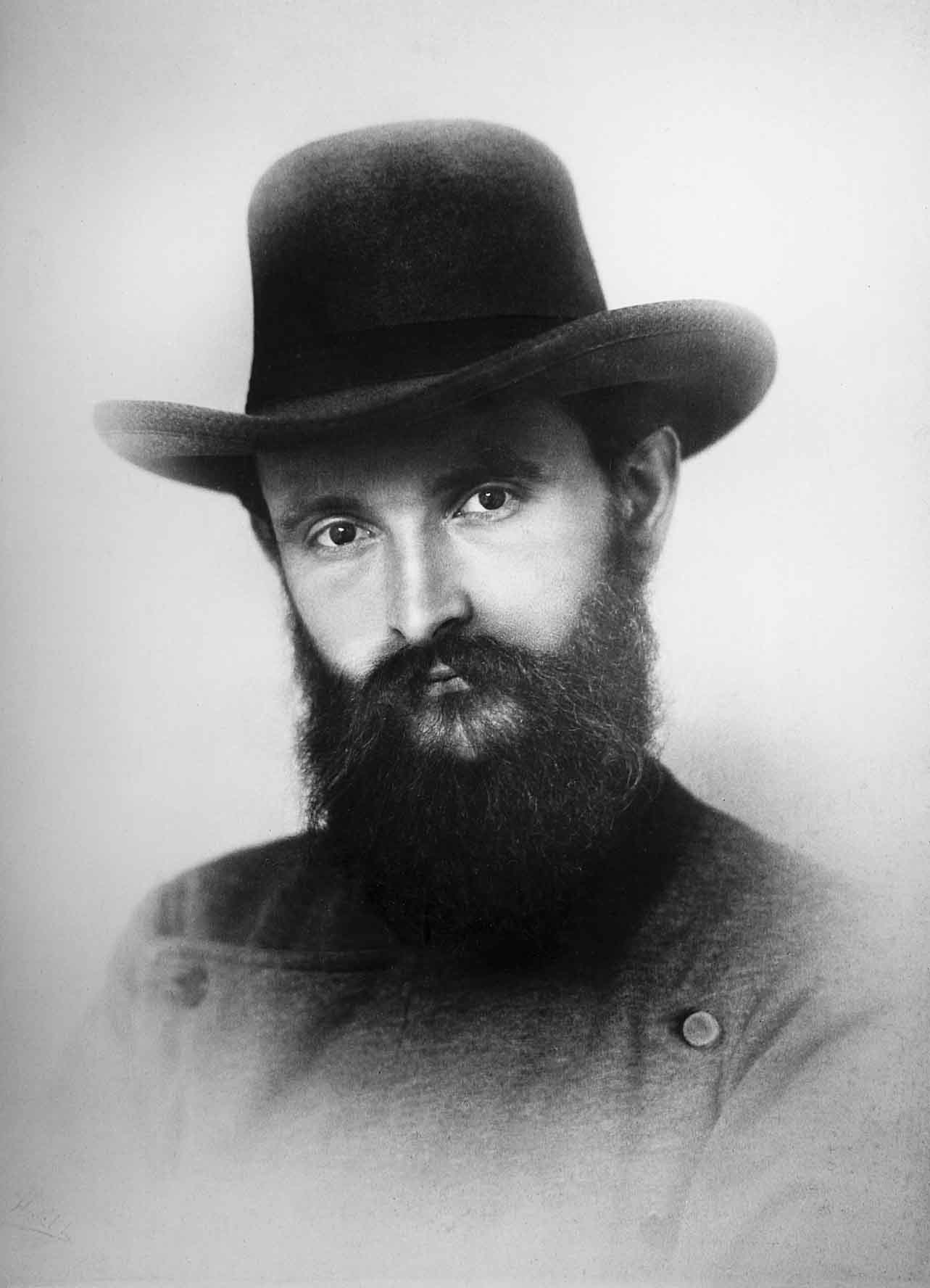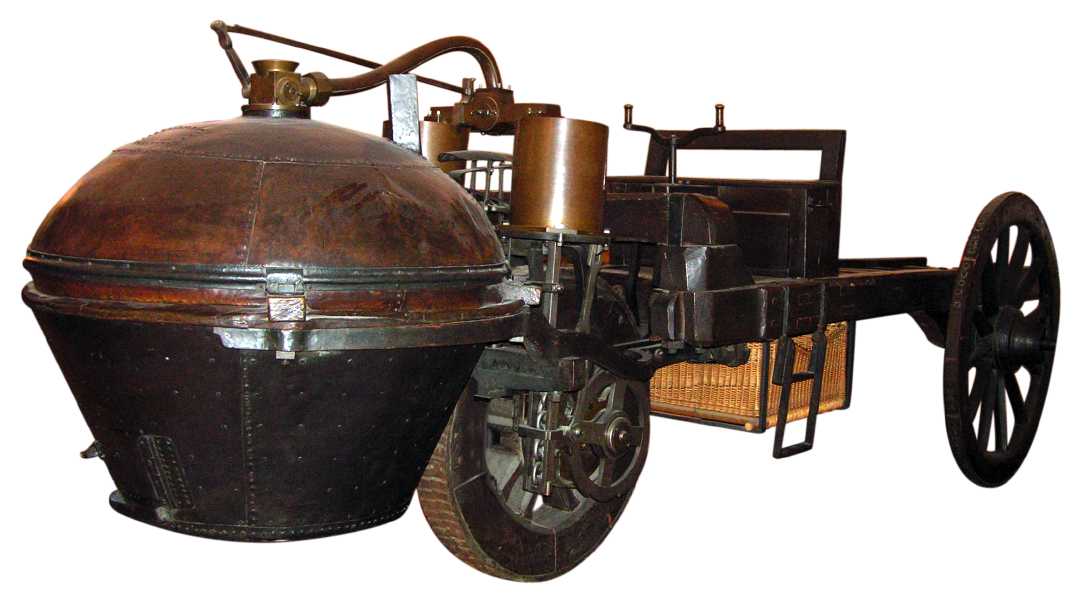|
GAZ-3110
The GAZ-3110 Volga is an automobile manufactured by the Gorkovsky Avtomobilny Zavod (GAZ, Gorky Automobile Plant) from 1996 to 2004 as a generation of its Volga marque. History After the launch of the GAZelle, the plant secured a stable influx of needed revenue for its own upgrade and future models. Having failed to introduce the GAZ-3103/3102/3105 family, and seeing that demand for the GAZ-31029 Volga was still high, it was clear that the car could and would soldier on for a considerable time. Instead of experimenting with "temporary" cars, such was the inherit nature of both the GAZ-24-10 and GAZ-31029, a more permanent solution was chosen by giving the vehicle a major upgrade. Work began in 1995, and a prototype was shown at the Moscow car show that year. Overall the GAZ-3110 was an success, despite its aged profile, GAZ finally had a car that could bridge a gap before the planned new vehicle ( GAZ-3111) entered in the early 2000s. Though hardly a rival for new foreign marque ... [...More Info...] [...Related Items...] OR: [Wikipedia] [Google] [Baidu] |
Volga (automobile)
The Volga (russian: Волга) is an executive car that originated in the Soviet Union to replace the GAZ Pobeda in 1956. Their role in serving the Soviet nomenklatura made them a contemporary cultural icon. Several generations of the car have been produced. Despite the continuous modernisations, GAZ found it increasingly difficult to keep the ageing design competitive in a market economy. GAZ CEO Bo Andersson decided to discontinue the Volga range in 2010. First Generation, the GAZ-M-21 Development The first Volga model was originally developed as a replacement for the GAZ-M20 Pobeda mid-size car which was produced from 1946. Despite its fastback design with Ponton body styling, the evolution of postwar automotive design and powertrain meant that in 1951 a brief was issued for its eventual replacement. In 1952 this matured into two projects: ''Zvezda'' ("Star"), an evolution of Pobeda's fastback contour with panoramic windows and large tailfins, and the ''Volga'' with i ... [...More Info...] [...Related Items...] OR: [Wikipedia] [Google] [Baidu] |
GAZ-31105
The GAZ-31105 Volga is an automobile manufactured by the Gorkovsky Avtomobilny Zavod (GAZ, Gorky Automobile Plant) from 2004 to 2009 as a generation of its Volga marque. GAZ-31105 was a second stage of the GAZ-3110's modernisation, though the designation was applied to cars produced from January 2004, the mechanical features were introduced almost a year earlier, and certain external ones were available in separate batches as standard or optional in others. Technical details The most striking difference was the new fascia which now featured a drooping hood with the radiator grille integrated into it as a single unit. New block headlights, inspired by the 3111 surrounded it. This effectively restored the nostalgic corporate look that GAZ was re-fitting to its model range. Inside the car featured a new digital instrument cluster on the dashboard. The steering column became more horizontal and greater headroom was made possible due to thinner seats. It was the GAZ-31105 the final 24 ... [...More Info...] [...Related Items...] OR: [Wikipedia] [Google] [Baidu] |
GAZ-3102
The GAZ-3102 Volga is an automobile manufactured by the Gorkovsky Avtomobilny Zavod (GAZ, Gorky Automobile Plant) from 1982 to 2010 as a generation of its Volga marque. GAZ-3101 prototype In 1976, the first prototypes were shown and under the new Soviet automobile numbering system, the car was christened as the GAZ-3101. Visually the vehicle included a completely new fascia, reminiscent of the more muscular fashion of North America, framed by East German built square headlights with water jet washers, a more angular chromed bumper with resin lining, fog lamps suspended below and the trademark "Baleen" grille. At the same time, conservative European influence can also be traced in the new rear panels, with a large tail-light cluster. As a measure of additional security, the fuel tank migrated behind the rear seat from its position under the boot, allowing the spare wheel to occupy its space. From the side, GAZ-24's profile remained, but doors now void of quarter glasses and feature ... [...More Info...] [...Related Items...] OR: [Wikipedia] [Google] [Baidu] |
GAZ-31029
The GAZ-31029 Volga is an automobile manufactured by the Gorkovsky Avtomobilny Zavod (GAZ, Gorky Automobile Plant) from 1992 to 1997 as a generation of its Volga marque. History Like the GAZ-24-10, the 31029 was also intended as a temporary vehicle. The development of successors to the GAZ-24 derivatives, both the GAZ-24-10 and GAZ-3102, the GAZ-3103/3104/3105 family was experiencing delays, and it was clear that the mass-produced GAZ-3103 and GAZ-3104 series would not come about for a few years to come. At the same time, the GAZ-24-10's stamping presses have completely worn themselves out. The coming of a market economy demanded a light commercial vehicle and work was hastily underway to retrofit the plant so that it could produce the GAZelle, a car originally intended to be built at the future KiAZ plant in Azerbaijan. To fill the void in demand, offer a fresh and new vehicle (so it could also alter the prices, corrected for the hyperinflation) GAZ carried out yet another mode ... [...More Info...] [...Related Items...] OR: [Wikipedia] [Google] [Baidu] |
GAZ-3111
The GAZ-3111 Volga is an automobile manufactured by the Gorkovsky Avtomobilny Zavod (GAZ, Gorky Automobile Plant) from 1998 to 2004 as a generation of its Volga marque. The GAZ-3111 was scheduled to launch in 2000, but the factory's new owner Oleg Deripaska, was unimpressed with the vehicle visually and the high price of the car prevented any interest to sales, as a result only 428 cars were built as part of the pre-production batch. Nonetheless, the car did influence the next facelift of the main Volga - the GAZ-31105, which among with a redesigned fascia finally rid the Volga of the archaic kingpins from the front suspension in 2004. History During the early 1990s GAZ managed to survive the crises by having the Volga do a generation jump from the GAZ-24-10 to the GAZ-3110 in 1997. Simultaneously it never abandoned its quest to develop its eventual replacement, and continued designing a new car, which would feature ABS, power steering, climate control, automatic gearbox and m ... [...More Info...] [...Related Items...] OR: [Wikipedia] [Google] [Baidu] |
Nizhny Novgorod
Nizhny Novgorod ( ; rus, links=no, Нижний Новгород, a=Ru-Nizhny Novgorod.ogg, p=ˈnʲiʐnʲɪj ˈnovɡərət ), colloquially shortened to Nizhny, from the 13th to the 17th century Novgorod of the Lower Land, formerly known as Gorky (, ; 1932–1990), is the administrative centre of Nizhny Novgorod Oblast and the Volga Federal District. The city is located at the confluence of the Oka and the Volga rivers in Central Russia, with a population of over 1.2 million residents, up to roughly 1.7 million residents in the urban agglomeration. Nizhny Novgorod is the sixth-largest city in Russia, the second-most populous city on the Volga, as well as the Volga Federal District. It is an important economic, transportation, scientific, educational and cultural center in Russia and the vast Volga-Vyatka economic region, and is the main center of river tourism in Russia. In the historic part of the city there are many universities, theaters, museums and churches. The city ... [...More Info...] [...Related Items...] OR: [Wikipedia] [Google] [Baidu] |
Robert Bosch GmbH
Robert Bosch GmbH (; ), commonly known as Bosch and stylized as BOSCH, is a German multinational engineering and technology company headquartered in Gerlingen, Germany. The company was founded by Robert Bosch in Stuttgart in 1886. Bosch is 92% owned by Robert Bosch Stiftung, a charitable institution. Although the charity is funded by owning the vast majority of shares, it has no voting rights and is involved in health and social causes unrelated to Bosch’s business. Bosch's core operating areas are spread across four business sectors: mobility (hardware and software), consumer goods (including household appliances and power tools), industrial technology (including drive and control) and energy and building technology. History 1886–1920 The company started in a backyard in Stuttgart-West as the ''Werkstätte für Feinmechanik und Elektrotechnik'' (''Workshop for Precision Mechanics and Electrical Engineering'') on 15 November 1886. The next year Bosch presented a ... [...More Info...] [...Related Items...] OR: [Wikipedia] [Google] [Baidu] |
Cars Introduced In 1996
A car or automobile is a motor vehicle with wheels. Most definitions of ''cars'' say that they run primarily on roads, seat one to eight people, have four wheels, and mainly transport people instead of goods. The year 1886 is regarded as the birth year of the car, when German inventor Carl Benz patented his Benz Patent-Motorwagen. Cars became widely available during the 20th century. One of the first cars affordable by the masses was the 1908 Model T, an American car manufactured by the Ford Motor Company. Cars were rapidly adopted in the US, where they replaced animal-drawn carriages and carts. In Europe and other parts of the world, demand for automobiles did not increase until after World War II. The car is considered an essential part of the developed economy. Cars have controls for driving, parking, passenger comfort, and a variety of lights. Over the decades, additional features and controls have been added to vehicles, making them progressively more complex. These i ... [...More Info...] [...Related Items...] OR: [Wikipedia] [Google] [Baidu] |
ARCAP Large Family Cars
ARCAP (Autoreview Car Assessment Program) is an automobile safety assessment program founded by the Russian car magazine Autoreview. It was Russia's first independent rating for the passive safety of a car, presenting itself as the local edition of the Euro NCAP program. It also provides exclusive test results on some models not marketed in Europe or North America, such as AvtoVAZ vehicles. History Since 1996, Autoreview has been conducting independent crash tests for cars sold in the Russian market. The early tests did not comply with international car safety testing methodology. In 2001, the first test was carried out according to the rules of Euro NCAP, though only for frontal impact. At first the score could deviate from testing norms: in 2002 the VAZ-2110, which would have scored only 0.7 points out of 16 by normal testing criteria, was awarded an additional four points to set it apart from the even less safe Izh Oda and VAZ-2106. For similar reasons it was decided to disting ... [...More Info...] [...Related Items...] OR: [Wikipedia] [Google] [Baidu] |
Full-size Vehicles
Full-size car—also known as large car—is a vehicle size class which originated in the United States and is used for cars larger than mid-size cars, it is the largest size class for cars. In Europe, it is known as E-segment or F-segment. After World War II, the majority of full-size cars have used the sedan and station wagon body styles, however in recent years most full-size cars have been sedans. The highest-selling full-size car nameplate is the Chevrolet Impala, sold as a full-size car from 1958 to 1986, 1994 to 1996, and from 2000 to 2020. Current definition The United States Environmental Protection Agency (EPA) ''Fuel Economy Regulations for 1977 and Later Model Year'' (dated July 1996) includes definitions for classes of automobiles. Based on the combined passenger and cargo volume, ''large cars'' (full-size cars) are defined as having an ''interior volume index'' of more than for sedan models, or for station wagons. Engines From the introduction of the F ... [...More Info...] [...Related Items...] OR: [Wikipedia] [Google] [Baidu] |
Cars Of Russia
A car or automobile is a motor vehicle with wheels. Most definitions of ''cars'' say that they run primarily on roads, seat one to eight people, have four wheels, and mainly transport people instead of goods. The year 1886 is regarded as the birth year of the car, when German inventor Carl Benz patented his Benz Patent-Motorwagen. Cars became widely available during the 20th century. One of the first cars affordable by the masses was the 1908 Model T, an American car manufactured by the Ford Motor Company. Cars were rapidly adopted in the US, where they replaced animal-drawn carriages and carts. In Europe and other parts of the world, demand for automobiles did not increase until after World War II. The car is considered an essential part of the developed economy. Cars have controls for driving, parking, passenger comfort, and a variety of lights. Over the decades, additional features and controls have been added to vehicles, making them progressively more complex. These ... [...More Info...] [...Related Items...] OR: [Wikipedia] [Google] [Baidu] |
ARCAP
ARCAP (Autoreview Car Assessment Program) is an automobile safety assessment program founded by the Russian car magazine Autoreview. It was Russia's first independent rating for the passive safety of a car, presenting itself as the local edition of the Euro NCAP program. It also provides exclusive test results on some models not marketed in Europe or North America, such as AvtoVAZ vehicles. History Since 1996, Autoreview has been conducting independent crash tests for cars sold in the Russian market. The early tests did not comply with international car safety testing methodology. In 2001, the first test was carried out according to the rules of Euro NCAP, though only for frontal impact. At first the score could deviate from testing norms: in 2002 the VAZ-2110, which would have scored only 0.7 points out of 16 by normal testing criteria, was awarded an additional four points to set it apart from the even less safe Izh Oda and VAZ-2106. For similar reasons it was decided to dist ... [...More Info...] [...Related Items...] OR: [Wikipedia] [Google] [Baidu] |






.jpg)
